Beginning a new romantic relationship can be an exciting and nerve-racking experience. As you get to know someone on a deeper level, it's natural to consider when and how to disclose personal information, including your sexual health status. If you have a sexually transmitted infection (STI), the question of when to disclose can feel daunting. This blog will discuss some considerations for navigating disclosure and finding the right time to share your STI status with a partner. Here are some things to consider before disclosing:
Understand the Importance of Disclosure
The first step in navigating disclosure is understanding the importance of being honest and transparent with your partner about your STI status. Some people may wonder, do I legally need to disclose my STI? In some jurisdictions, disclosing your STI status is an ethical responsibility and a legal requirement. It allows your partner to make informed decisions about their sexual health, such as choosing a partner, understanding potential health risks, and taking necessary precautions, like using condoms or other barrier methods and keeping an eye out for sores, redness, or other STI symptoms. Additionally, open and honest communication about sexual health fosters trust and intimacy in a relationship.
Educate Yourself about Your STI
Educating yourself about your STI before disclosing your status is important. Understand how it's transmitted, the potential symptoms, treatment options, and ways to reduce the risk of transmission. This will enable you to have an informed conversation with your potential partner and answer any questions they may have.
Consider the Timing
When it comes to disclosure, timing is crucial. There's no one-size-fits-all answer as to when is the "right" time to disclose, as it depends on the dynamics of each relationship. Oftentimes, it can be helpful to have the conversation outside of a sexually charged environment and when both partners appear to be in an amiable mood. It's generally recommended to have a chat before any sexual activity occurs. This allows you and your partner to make informed decisions about the level of risk you're comfortable with. In contrast, having the conversation right before sex or after sex may produce mistrust between partners.
Create a Safe Space for Conversation
You may be asking yourself if it is okay to disclose via text. Texting may not be the best option unless you are questioning your safety due to revealing it. Creating a safe conversation space is important when you decide to tell your STI status. Choose a private and neutral setting where you and your partner can feel comfortable and relaxed. Be open, non-judgmental, and willing to listen to their concerns or questions. Remember that the conversation should be two-way, allowing both parties to express their feelings and concerns.
Be Honest and Transparent
Honesty and transparency are the values at the heart of this concept we are exploring. Provide accurate information about your STI, including how you acquired it, if you're currently on treatment, and what steps you take to manage it. Avoid any temptation to downplay or minimize your STI status, as this can erode trust in the relationship.
For example, your conversation may sound like, “I want to have an open and honest conversation with you because I value our relationship and believe in transparency. Recently, I was diagnosed with [specific STI]. I want you to know I am taking proactive steps to manage my health, including following the recommended treatment plan and practicing safe sex. I understand the importance of disclosing this information to you so that you can make informed decisions about your health. I am here to answer any questions you may have and respect whatever decision you make moving forward. Our health and well-being are both important, and I believe that open communication is crucial in maintaining trust and understanding in our relationship.”
Anticipate Reactions and Prepare for Possible Outcomes
You may wonder if disclosing your STI will be a dealbreaker for your relationship. It's important to be prepared for various reactions from your potential partner when disclosing your STI status. They may have questions, concerns, or emotional responses. They may need time to process the information, seek further information, or discuss it with their healthcare provider. Be patient and understanding, allowing them to process their feelings.
Respect Your Partner's Decision
After disclosing your STI status, you must respect your partner's decision, whatever it may be. They may choose to continue the relationship with appropriate precautions, or they may decide that they're not comfortable moving forward sexually. Respecting their boundaries and choices without pressuring or guilt-tripping them is important. Remember that everyone has the right to decide about their sexual health.
Take Necessary Precautions
You may wonder if it is safe to continue dating someone who has disclosed an STI. If you and your partner are sexually active, consider taking precautions to prevent the transmission of STIs. This may include using condoms or other barrier methods, getting regular STI screenings, and following recommended treatment plans, such as taking an antiviral, if applicable. It's important to communicate openly with your partner about sexual health and continuously assess and mitigate the risk of transmission.
Prioritize Self-Care
Living with an STI can be emotionally challenging, and disclosure can bring up a lot of emotions. It's essential to prioritize self-care and seek support when needed. This may include talking to a therapist, joining support groups, or confiding in trusted friends or family members. Taking care of your emotional well-being can help you navigate disclosure and build healthy relationships.
Remember That Your STI Does Not Define You
So is having an STI a big deal? It's important to remember that your STI status does not define your worth and value. Having an STI does not make you any less deserving of love, respect, and fulfilling relationships. It's just one aspect of your life. Be kind to yourself and practice self-compassion as you navigate disclosure and relationships.
Takeaway
Disclosing your STI status to a sexual partner can be a challenging but necessary step in building healthy relationships. With open communication, mutual respect, and understanding, building meaningful and fulfilling relationships is possible while managing your sexual health. Remember that every situation is unique, and it's essential to consult with a healthcare professional or a qualified therapist for personalized guidance and support in navigating disclosure and managing your sexual health.































